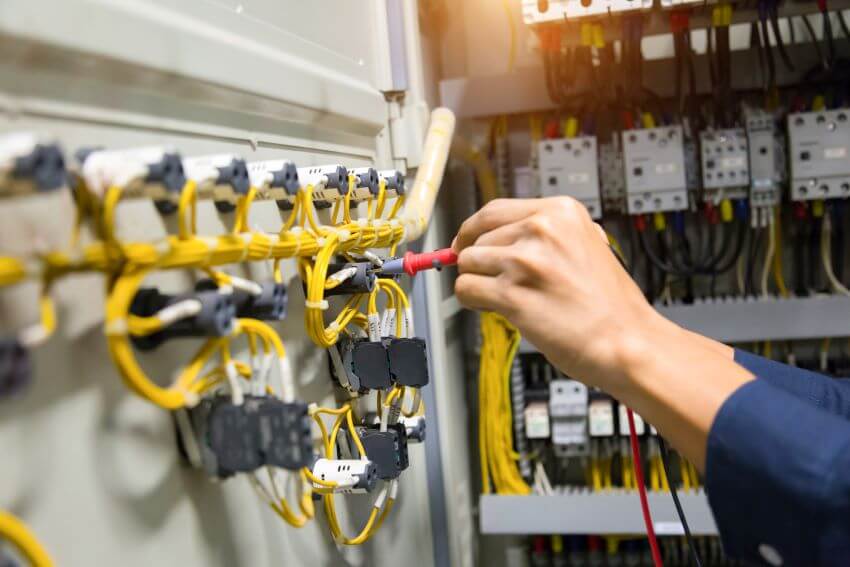The electrical maintenance is essential to detect possible failures or malfunctions of industrial electrical equipment. The consequences of electrical failures can be more or less serious, but they always affect the productivity of the company, not to mention possible human damage. Let’s see what electrical maintenance is, analyze some of its techniques and draw up a small guide to draw up an electrical maintenance plan.
Table of Contents
What is electrical maintenance?
As industrial equipment completes operational cycles, the chances of it presenting failures or functional anomalies increase. The consequences of these malfunctions can range from slight decreases in production to a complete shutdown of the chain.
Therefore, the economic impact that the company can suffer is potentially high and compromises its profitability in the short, medium and long term. In addition, as a consequence of these failures, it is likely that accidents
Electrical maintenance consists of carrying out inspections on the electrical equipment in order to facilitate the detection of these possible problems in its performance, either by means of corrective (response to punctual incidences), or preventive (routine checks with a certain periodicity).
It is also true that it is not always possible to detect all problems in time, and it is possible that some unexpected breakdowns may “slip through”; however, with a maintenance plan, this margin is reduced to a minimum.
Their application is not only limited to industry, but also to residential and public buildings. These are some examples of electrical maintenance very frequent:
- Water heaters
- Air-conditioning units.
- Electric showers.Electrical and electromechanical machinery.
- Lighting systems.
- Other commonly used electrical apparatus.
The BOM (bill of materials) are the detailed lists of all materials or parts needed to complete a maintenance task. The information gathered in the previous steps will be a great help in putting it together.
How to make an electrical maintenance plan step by step
1. Which equipment is the most critical?
The first step is to discriminate the equipment according to its priority level within the chain. Less critical equipment can be serviced over longer periods and may rely on purely corrective maintenance, while higher priority equipment should be serviced more frequently in preventive or predictive plans.
2. What failures can be prevented?
The second step is to detect possible patterns in equipment failures assuming that preventive maintenance, while reducing, never completely eliminates the possibility of failures. The idea is to limit the proportion of failures that are the result of random or unpredictable situations.
3. How long can the electrical system be disconnected?
Thirdly, it will be necessary to evaluate the length of time during which it will be necessary to cut the power in various equipment or phases of the electrical panel, and to what extent this downtime will be assumable in order not to penalize the rest of the production.
4. What’s in the bill of materials?
The BOM (bill of materials) are the detailed lists of all materials or parts needed to complete a maintenance task. The information gathered in the previous steps will be a great help in putting it together.
5. Enter the documentation into your management software
You should enter all data in a place that can be accessed whenever and wherever you need it. Include all the information regarding warranties, manufacturer’s manuals, spare parts, or notes for following incidents. Also, if you have technicians in charge of the same equipment installed at customers, you should assign them to incidents as soon as they occur or as soon as you are notified by the customer.
With the service software de STEL Order you can handle both corrective and preventive maintenance and also improve the management of your catalog, customers, invoices and projects.
Predictive maintenance is a small paradigm shift that, mixed with the right technology, allows for a more accurate mapping of equipment performance, and allows maintenance actions to be directed to the elements that really need it.
The idea is to detect the failure before it occurs. To do this, real-time data is obtained from the equipment, which can hint at the imminence of a fault or an error in its normal operation.
Typical predictive maintenance tasks include infrared testing (to analyze reflectivity and emissivity) or temperature analysis of equipment.
In this article we explain everything you need to know about predictive maintenance








